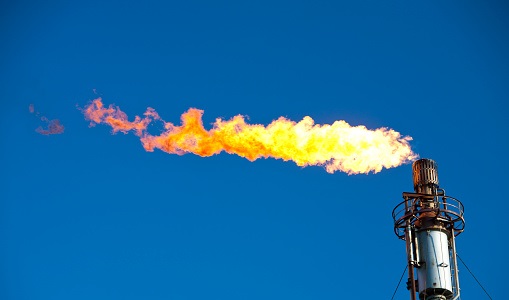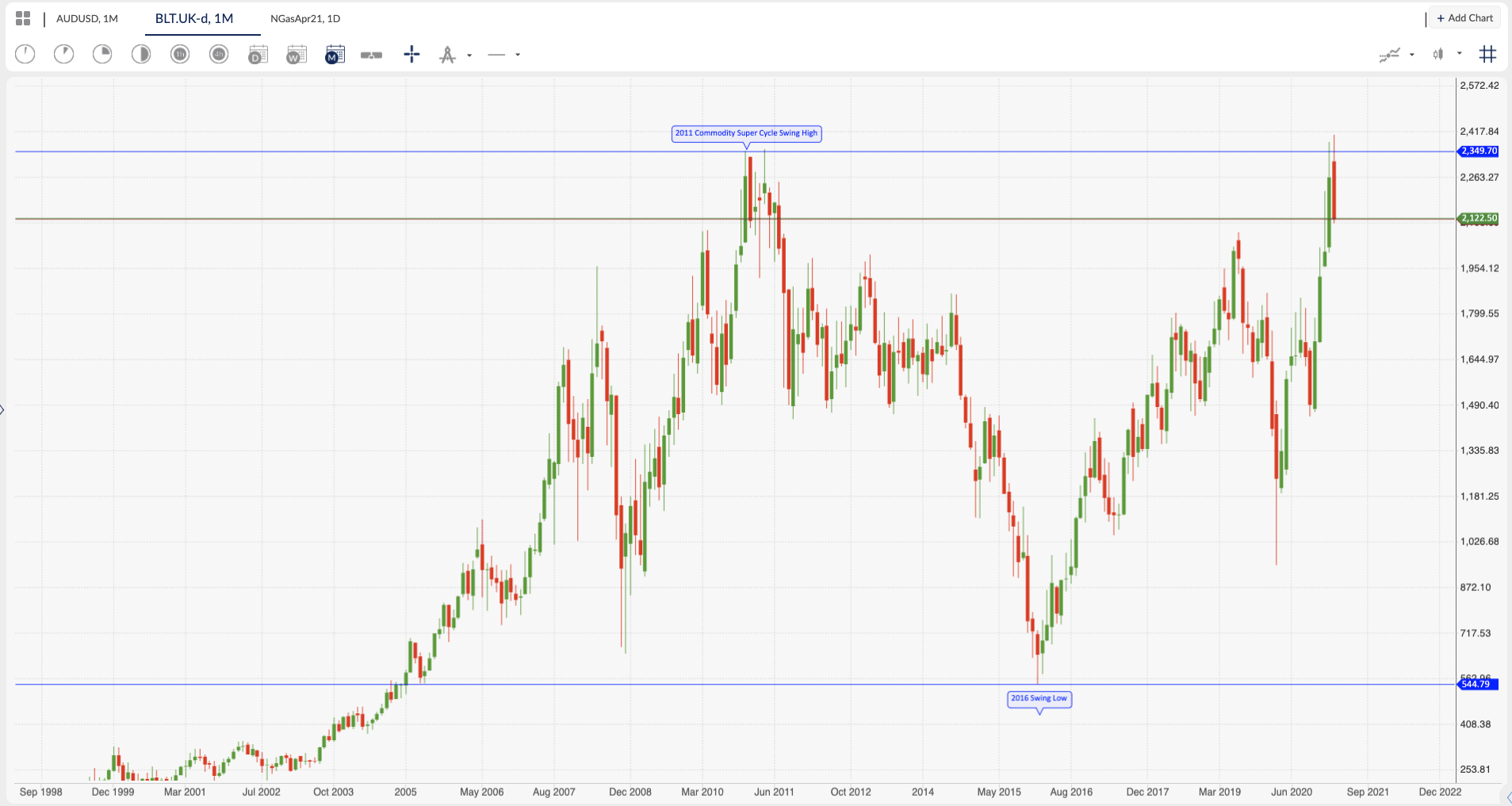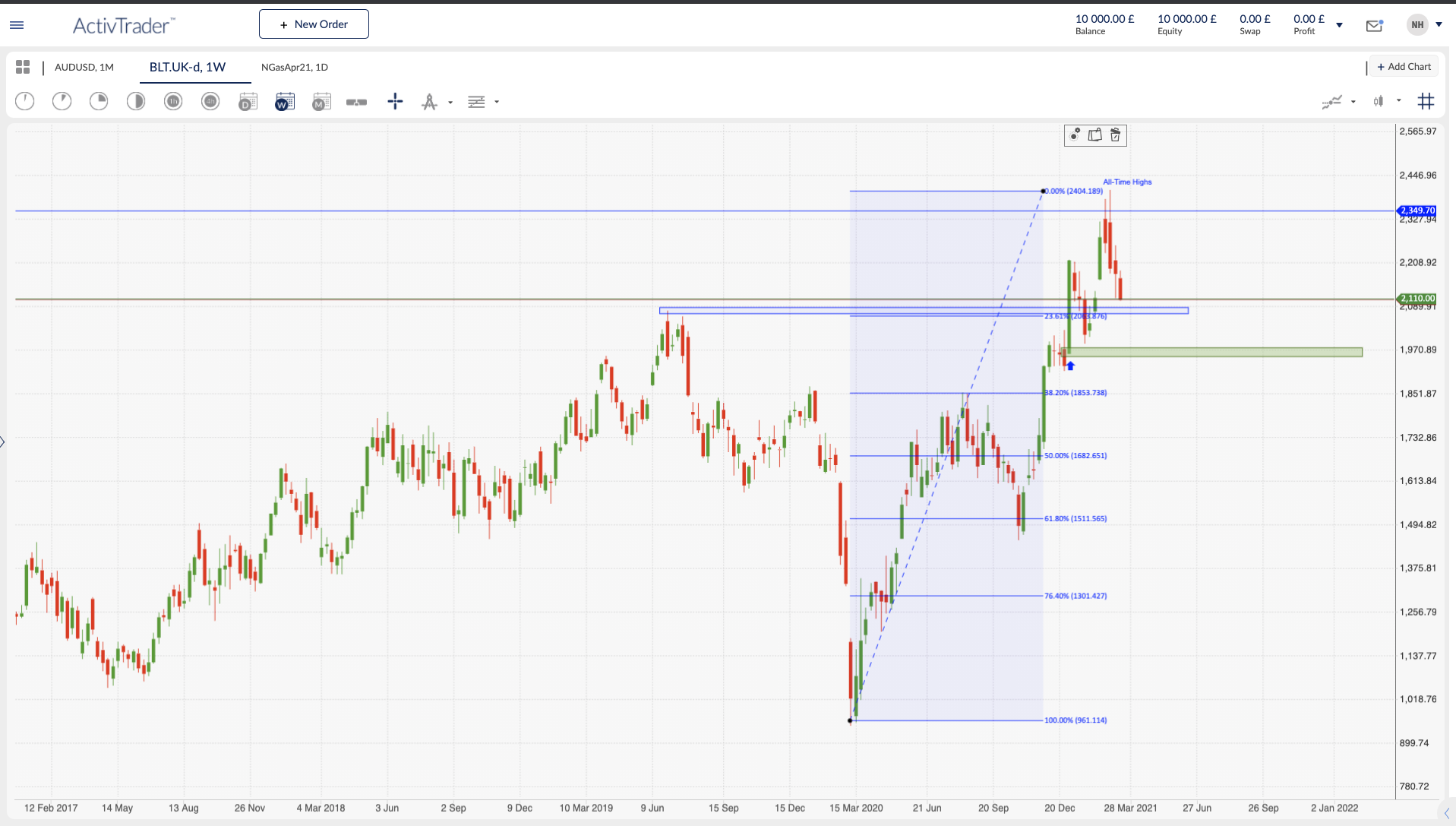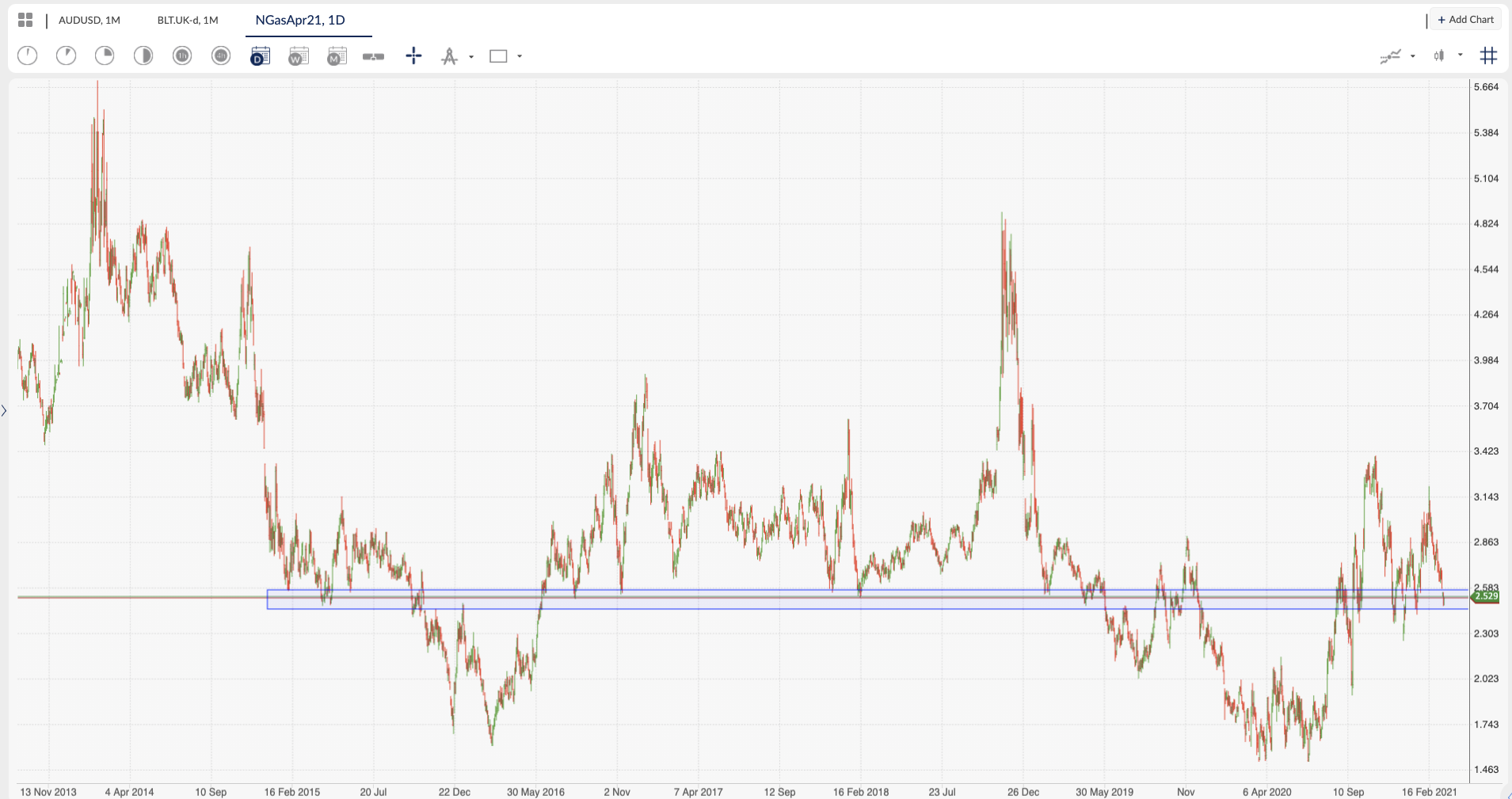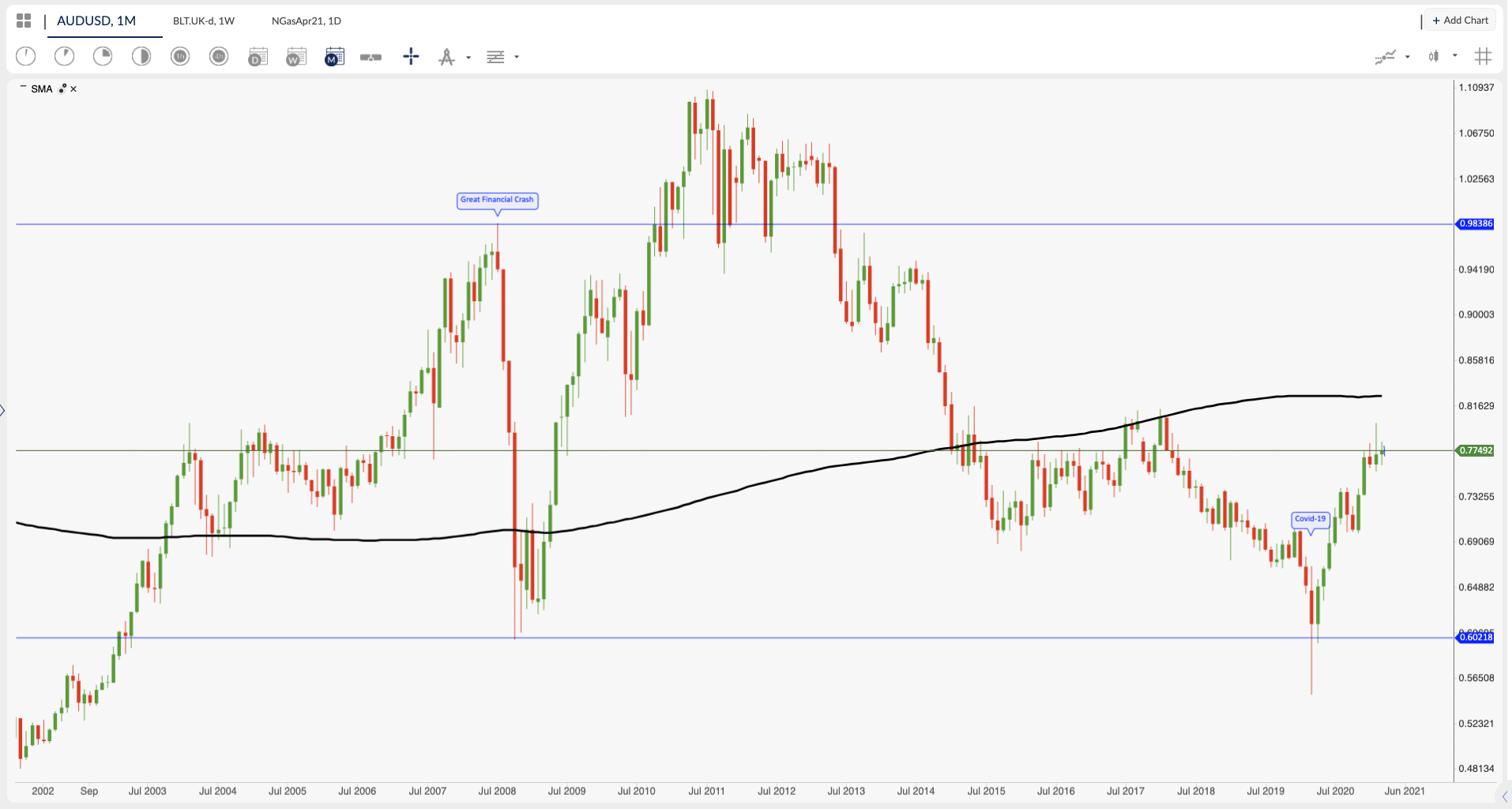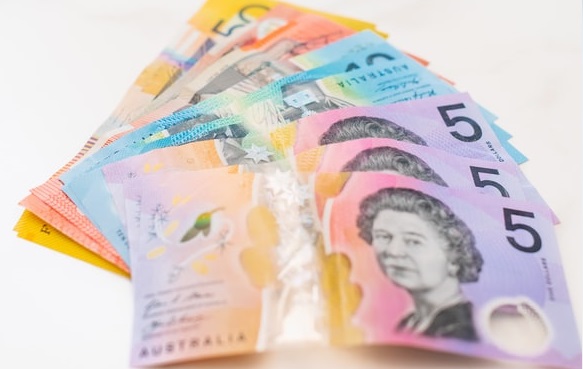If you are looking for a single asset that covers the rising commodity prices, you could look for an Exchange Traded Fund or you could go the route of finding a commodities-based company. BHP have exposure to Iron Ore, Copper, Metallurgical Coal and Petroleum.
From their half year earnings report they announced a record production of Iron ore and record concentrator throughput of Copper, which has worked out nicely as the high price rise in both metals has been exponential following on from the 2020 break down of global supply chain.
BHP Billiton PLC
BHP reported earnings of $14.7bn with an EBITDA margin of 59%. This translated to shareholder returns of $1.01 per share and they have a free cash flow of $5.2bn up 39%. In their own words “the outlook is compelling” given the global recovery underway in the resumption of the pre-covid narratives plus the transition in energy usage as we move towards net carbon neutral goals.
They also produce gas and natural gas liquids (NGLs) that are sold on the international spot market or delivered domestically under contracts with varying terms, depending on the location of the asset. The gas fields they work or partner with are found in safe jurisdictions like Australia and the Gulf of Mexico.
See real-time quotes provided by our partner.
BHP traded on the FTSE exchange has an ActivTrader ticker of BLT.UK and the recent price action on the monthly chart is very interesting. Back in 2011 which is deemed the top in the Commodity Super-Cycle, the share price for BLT.UK was the same as the Feb/March 2021 price, and just briefly in March 2021 we made all-time highs (ATH). Profit taking has taken place and this could be setting up for the next leg higher.
See real-time quotes provided by our partner.
The 1st week in January 2021 printed a very bullish weekly candle and we have not tested the low of that weekly range since. What I am interested in seeing is if the price action can test the low of the opening weekly range and then get rejected as buyers step back in around the 1970.89 price level. If that area of price action does act as support that would basically be a 38% retracement from the ATH to the COVID-19 lows, and such a pullback would be a bullish signal for further higher price levels to be tested.
Natural Gas
Traders can trade Natural Gas (NatGas) in several ways and on the ActivTrader platform the current Futures contract is NGasApr21.
The Chicago Mercantile Exchange (CME) offers a contract on natural gas futures. The contract is based on delivery at the Henry Hub in Louisiana, a location where numerous interstate and intrastate pipelines join. The contract settles into 10,000 million British thermal units (mmBtu) of natural gas.
Futures are a derivative instrument through which traders can buy or sell commodity prices and come with leverage. The Activtrader platform uses Contracts for Difference to follow the underlying price fluctuations of the Futures contracts, so there is no delivery of the natural product.
Natural Gas is a way to bet on a clean fossil fuel demand and that is in contrast to trades for example in coal. It is seasonal and as winters approach so we see more demand for Gas and having just come off the back of some of the coldest weather in Mid America, Russia and Europe there is a case developing for buying into the commodity producers now who will be benefitting from the winter sales and then rotating back into the commodity as we approach next winter.
See real-time quotes provided by our partner.
Looking at the charts NatGas is currently sat on a well-worn price level, so is probably at fair value in terms of technical analysis. The recent trend since June 2020 has been to the upside and the corrective pattern back down to 2.500 looks like it has once again found support. If price were to break lower than the January 2021 low, that could be problematic for short-term bullish speculators, but that swing low does offer a great place to limit your risk if you do decide to go long from these levels.
A weaker US dollar would help prices rise as it does for commodities in general, so assuming that the weaker USD trend continues at some point, this adds to the favourable conditions when considering this commodity.
AUDUSD
As we are talking about a commodity asset and a commodity company, it seems fitting to tie them in with the Australian dollar, as BHP works mainly in the continent and the Australian dollar is a classed as a commodity currency.
See real-time quotes provided by our partner.
As the monthly AUDUSD chart shows the currency has increased in value since the reflation trade started from the depths of the coronavirus lows and it has regained levels last seen traded 3 years ago. The big fall from 2011 coincided with the peak in the commodity super-cycle and then the Reserve Bank of Australia’s decision to cut the cash rate towards zero in a bid to stimulate the economy. Australian economics is highly tied to the 2 power houses of the Chinese economy and the US economy. Economists have been talking of how China has been stock piling commodities as insurance against any further supply chain disruptions and overall, they are trying to boost their GDP to a healthy 6% this year, so there is a case of the Chinese needing more commodities for infrastructure building etc. They are also leaders in the Electronic Vehicle market, so copper is highly sort after for the EV industry as well as minerals and metals for the EV cells. Whether it be stock piling or the need for inventory for new emerging manufacturing, the Chinese trade in commodities will benefit the Australian dollar, BHP and their associated product. Whether it turns into another China driven commodity super-cycle only time will tell.
